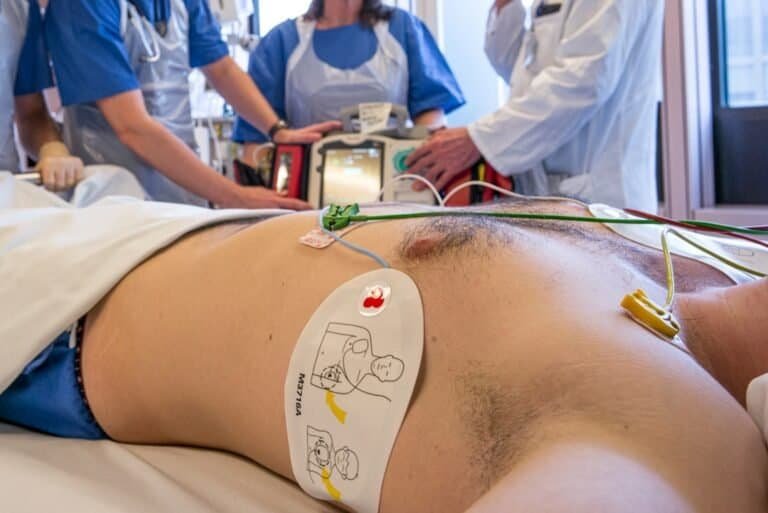Understanding Telemedicine: What It Is and How It Works
Telemedicine is a transformative approach in the field of healthcare that leverages technology to provide medical services remotely. This innovative practice includes a wide array of services such as video conferencing, mobile health applications, and remote patient monitoring devices, effectively bridging the gap between healthcare providers and patients irrespective of physical boundaries. At its core, telemedicine aims to increase the accessibility and convenience of healthcare, offering timely medical consultations and interventions without the need for in-person visits.
The technology underpinning telemedicine involves several key components. Video conferencing is perhaps the most recognized form, allowing real-time, face-to-face interactions between healthcare providers and patients. Mobile health apps are another significant facet, facilitating health tracking, medication reminders, and access to medical information via smartphones and other mobile devices. Remote patient monitoring devices enable continuous tracking of vital signs and other health metrics, transmitting data to healthcare professionals for ongoing assessment and management.
The significance of telemedicine lies in its multifaceted benefits. Its accessibility ensures that even patients in remote or underserved areas can receive medical attention, mitigating the traditional barriers posed by distance and infrastructure. The convenience of receiving consultations from home or work reduces the need for travel, saving time and resources for both patients and healthcare providers. Moreover, telemedicine often proves cost-effective by minimizing the need for physical facilities and reducing non-urgent emergency room visits. Another pivotal advantage is the ability to provide rapid medical consultation, crucial in situations where timely intervention can significantly alter health outcomes.
Real-life examples underscore the efficacy of telemedicine. For instance, during the COVID-19 pandemic, telehealth services expanded dramatically, with some regions reporting a 50% increase in virtual consultations. This surge highlighted telemedicine’s capacity to sustain healthcare delivery during crises. Statistics further illustrate its growing adoption, with surveys indicating that nearly two-thirds of patients in the United States have utilized telehealth services, reflecting its integration into modern healthcare practices.
How Telemedicine Enhances Patient Care
Telemedicine has significantly transformed the landscape of patient care by facilitating immediate and convenient access to medical services. One of the most noteworthy benefits is its ability to manage chronic diseases such as diabetes, hypertension, and asthma. Through regular virtual check-ins and monitoring, healthcare providers can effectively track patients’ progress, adjust treatment plans, and intervene promptly in response to any concerning changes.
Mental health is another area where telemedicine demonstrates its utility. Virtual appointments with therapists and psychiatrists offer a comfortable and accessible avenue for patients to seek support, thereby reducing the stigma associated with in-person visits. Telemedicine ensures continuity of care, allowing individuals to receive counseling and necessary medication management from the safety of their homes.
Follow-up appointments after surgeries or significant medical interventions are critical for ensuring optimal recovery. Telemedicine allows patients to have these essential consultations without the need to travel, thus reducing the risk of complications and hospital readmissions. Similarly, urgent care needs for minor illnesses such as colds, flu, and minor infections can be addressed quickly through virtual consults, often within minutes of a request.
Enhancing patient engagement and satisfaction is another advantage of telemedicine. By providing swift and convenient access to healthcare services, patients are more likely to adhere to their treatment plans. The ability to have regular touchpoints with their medical professionals leads to a more proactive approach to health management, fostering better health outcomes.
Effective implementation of telemedicine requires meticulous attention to data privacy and security. Ensuring that patient information is protected against breaches is paramount. Additionally, training for physicians to adeptly use telemedicine platforms, coupled with educating patients on how to navigate these digital services, will maximize the efficacy and reliability of telehealth services.
Case studies and patient testimonials underscore the positive impact of telemedicine. For instance, a diabetic patient who benefited from regular virtual consultations reported significant improvement in their condition. Additionally, endorsements from medical experts highlight how telemedicine has become an indispensable tool in modern healthcare delivery.




